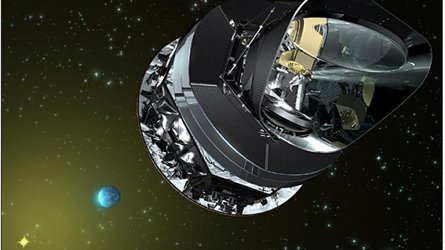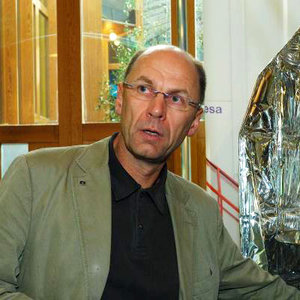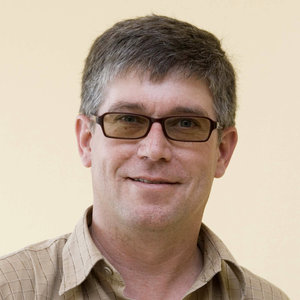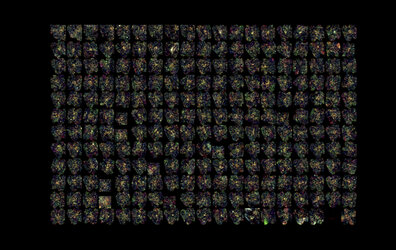Herschel and Planck Programme Manager: An interview with Thomas Passvogel
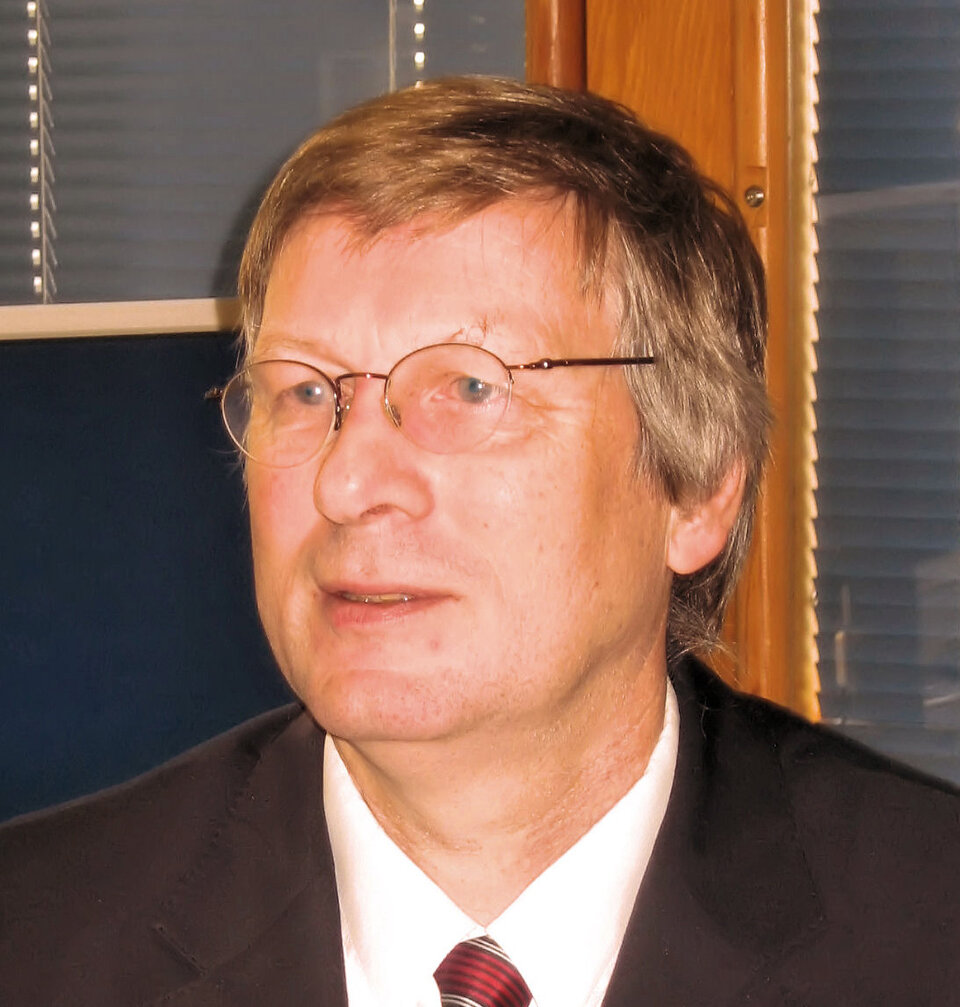
What inspired you to begin a career in space engineering?
I’ve been fascinated by space and astronomy since my final years in school, and as a student of theoretical physics, I never lost touch with astronomy. After completing my PhD, I had the opportunity to work in industry, developing a satellite for ESA and really enjoyed it. I grabbed the chance to join ESA and continue working on satellite development. I still very much enjoy this work!
You’re in the unique position of having managed two projects, simultaneously, that will perform very different science. How has that been?
Like having twins [smiles].
We’ve had technical challenges and difficulties on both, and like with twins, when one gets sick, you’re nervous that the second will get infected. It was an exciting time with the unequal twins, with a lot of technical challenges and adventures, but now they’ve grown up and are ready to go their own way.
What special challenges did you face while managing these two missions?
The challenges were actually quite ‘normal’, as with one satellite, just about twice as many. But one unique challenge was synchronising the development, and we managed this with a lot of help from all the engineers and scientists involved.
What were some of the key moments during development?
One fundamental and exciting milestone was when Herschel and Planck were combined into one programme. It started with the fact that Herschel was a bit too light to fill the entire launcher and there was another mission that was also headed to the second Lagrange point. Today you can see the result of this simple coincidence: two beautiful satellites ready to launch together.
Other times were when the satellites were first assembled, the first time Herschel’s cryostat was filled with Helium, when we carried out optical tests of the telescopes at cryogenic temperatures, and seeing that the cryogenic test on Planck really worked — the entire satellite was cooled to –230°C!
In the events around launch, when will your heart beat at its fastest?
Probably just before launch, when all that can be done has been done and one can just wait and watch. After launch, it will take about half an hour before the satellites separate, and that will probably be one of the longest half-hours of my life.
|
Thomas Passvogel Born: 18 December 1955, Hamburg, Germany Thomas attended school in Germany and obtained a PhD in Theoretical Physics from the University of Hamburg in 1985. In 1985, Thomas joined Astrium at Ottobrunn, Germany (then Messerschmidt Boelkow Blohm), to work on the development of the payload module of the Infrared Space Observatory. He held various positions during his time there: Study Manager, Instrument Interface Engineer, Payload Module Integration and Verification Manager, and payload module Project Manager. Already at this time, Thomas was involved in early feasibility studies for the Herschel mission. He joined ESA in 1996 as Payload Systems Manager for Herschel, the mission was named FIRST back then, and has been the Programme Manager for Herschel and Planck since 2000. Thomas is married with four sons.
|




